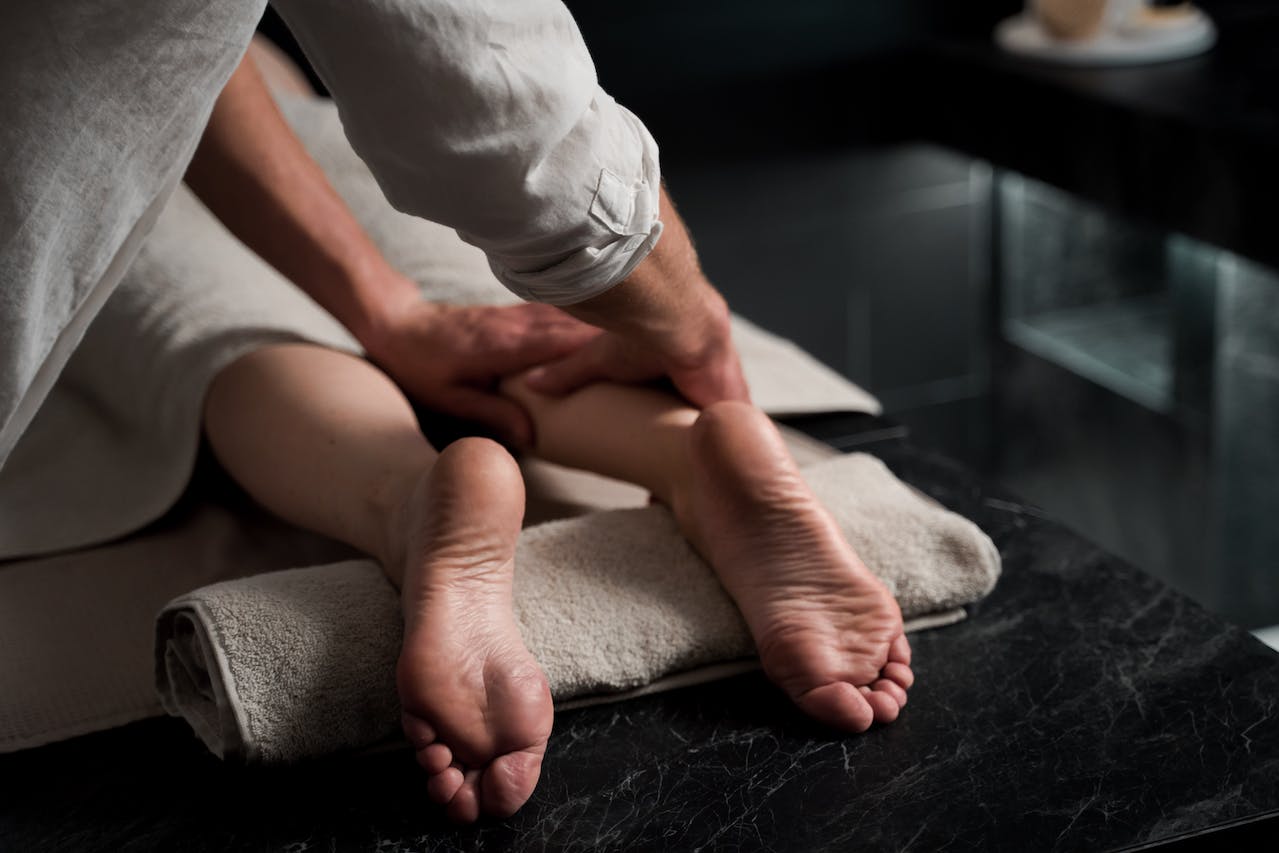Most clients contemplating bodywork want to know the difference between Myofascial Release and Structural Integration Integration for any variety of reasons. There are a few differences, but simply put, Structural Integration is holistic in that the practitioner would concentrate over ten sessions on the entire body, while Myofascial Release (MFR) is a Structural Integration SI-based massage technique that treats the “target area” of pain in an attempt to free restraints or break adhesion.
Fascia’s simple description. It is a thin yet tough and elastic connective tissue that wraps all of the human body’s structures (including muscles and organs) while providing support and protection for those structures. MFR makes use of hands-on pressure and time to slowly elongate the fascia and improve mobility. In an effort to leave otherwise healthy bodies feeling more comfortable and efficient, Structural Integration uses fascia manipulation and movement instruction to improve strength and reduce compensations. The client is supposed to relax during a myofascial release session, and encourage the practitioner to operate on them. That is known as passive bodywork. On the other hand, the client is expected to actively participate in the Structural Integration sessions… not “check out” as you would during a massage. The client is part of the process and works towards a common goal with the doctor, whether it’s pain relief, increased mobility or enhanced functionality.
There are parallels (most definitely) between the MFR and Structural Integration Integration. You may assume MFR comes under the umbrella of the Structural Integration SI (because it was developed by an osteopath who was working with Ida Rolf), but not necessarily the other way around. If I had to select one key differentiating factor between the two, it would be the “Structural Integration ,” Dr. Rolf’s 10-session technique to arrange the entire body of the individual in gravity, specifically for structural integration. “This is Structural Integration’s gospel: the force of gravity can flow through when the body gets working properly. Then, the body heals itself, naturally. “Ida P. Rolf, PhD.
To organize a gravitational body the practitioner must look at the body as a whole and take all relationships into account. The relationship between the shoulder girdle and the pelvic girdle, the pelvic girdle to the knees, the knees to the ankles, the rib cage to the spine, the relationship between the head-on-shoulder girdle and so on… Naturally, the relationship between mind / body and client / practitioner is also taken into account. Bringing awareness to the customer is tantamount and I believe it can be more relevant than the hands on abuse of soft tissue… but that is another story. Although MFR may use the same strategies used in Structural Integration and may even have the same goals as Structural Integration, the direction toward achieving these goals is not the same, the approach is not the same. The formula has a cumulative effect, and all decisions taken and actions taken during sessions are based not only on what was done before, but also on what is yet to come in future sessions. Structural integration sessions are designed to build on previous work and progress that has been made while also planning for what will come. This is quite probably the main reason why Structural Integration makes long-term changes so normal.
Are You and Athlete or Desk Professional Experiencing Pain?
Beyond Ergonomics gives athletes and desk professionals answers to their pain problems. Body imbalances, repetitive use, and lack of movement are the cause of many injuries and pain. Beyond Ergonomics helps you discover your imbalances and create change. MedicinEvolution’s purpose is to reduce pain and other symptoms that you haven’t had luck with. MedicinEvolution Bodywork Beyond Massage is the solution for many problems plaguing your body. Make your appointment today!





